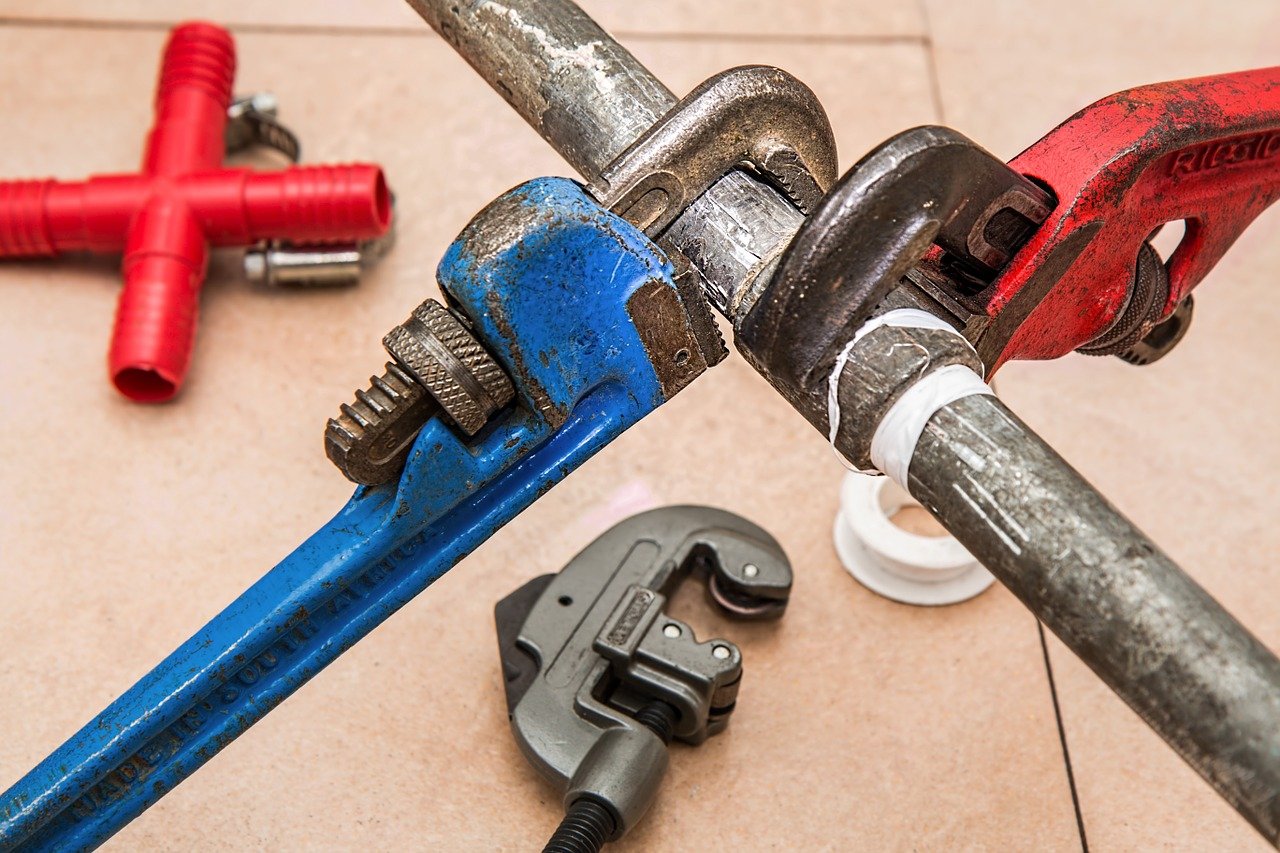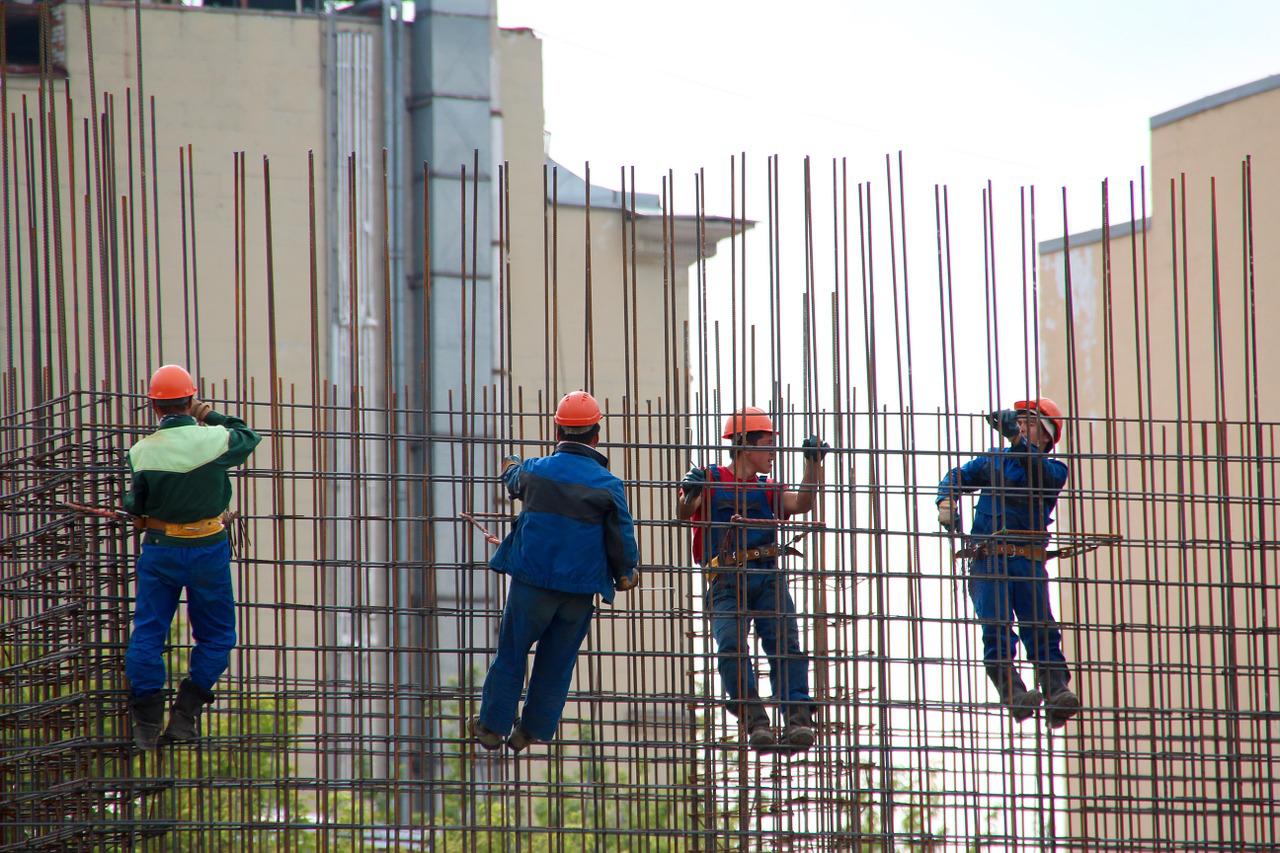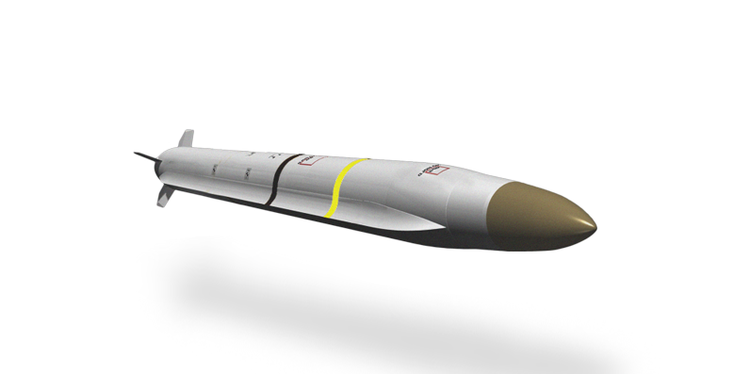In a nutshell, pipe fittings are all piping parts and components that assist in pipe routing for directional changes, branch connections, and size changes. Piping reducers, elbows, plugs, tee-connectors, olet-connectors, crosses, and caps are the pipe fittings utilized mainly in the plumbing and piping industries.
As with any other parts and components, different pipe fittings serve different functions as per process requirements or layout. All of them are produced as unique items and are procured separately but get connected in a uniformed piping system using various end connections. All pipe fittings play a vital role in the proper functioning of tubes in pipes in numerous applications, so it’s really important to know how each part works and the function it covers.
For this brief article, we’ve compiled an overview of all different pipe fittings used in the piping and plumbing industries to get a better understanding of how pipe fittings work.
Types Of Pipe Fittings
Different types of pipe fitting components are utilized in the piping and plumbing industries to serve other functions and needs so that complex piping systems and networks would flawlessly work. The most common pipe fittings that are extensively utilized in both industries include piping elbows, tee-connectors, reducers, pipe plugs, couplings, adapters, olet-connectors, piping valves, crosses, wyes, caps, nipples, bushings, expansion joints, steam traps, barbs, and more.
Nevertheless, note that if a pipe or pipeline is bent at a specialized fabrication shop to alter the direction of the component, then it’s not considered a pipe fitting. All pipe fittings are always separate items from the pipe itself. Below, we’ll discuss the most popular fittings one by one for you to get a better knowledge of all individual parts and components.
Pipe Plugs
Pipe plugs, also referred to as pipe caps, filler plugs, or drain plugs, are essentially pipe fittings used to close the piping ends and provide a tight seal. Each pipe plug is used in pipe dead ends to seal the fate of threaded pipes and end the flow of fluids when engineers no longer need to use the opening or future connectors.
Pipe plugs are vital in plumbing and have numerous applications in pharmaceutical fittings, gas fittings, hydraulic systems, etc. Standard pipe plugs include socket or hex head, six-lobe, square and slotted head, and socket plugs. Subject to their applications, pipe plugs are usually available in different materials, including alloy steel, carbon steel, aluminum, cast iron, and brass. Also, they can come in various finishes, including black oxide, passivated, zinc yellow hexavalent, and clear zinc trivalent.
Pipe Adapters
In brief, adapters are the pipe fittings that are utilized to connect dissimilar pipes. They are available in many different types for different applications, so you have to be careful while ordering pipe adapters to get the right style for your needs.
The most common pipe adapters include offset pipe adapters, locking pipe adapters, male and female pipe adapters, straight thread adapters, etc. Typically, pipe adapters are made of steel, polymers, cast iron, aluminum, brass, bronze, and copper materials.
Pipe Elbows
Pipe elbows are perhaps the most utilized pipe fittings as they provide flexibility to alter the pipe direction. They are usually available in two standard types: 45° and 90°, but could be cut into any other degree as well. In addition, they are available in two radius types: short radius and long radius.
45° pipe elbows are frequently installed between the pipes to alter the direction of the tube by 45°, while 90° pipe elbows get installed to change the direction of the tube by 90°. Both can come in short or long-radius forms.
Pipe Bends
Pipe or pipeline bends are primarily used in fluid transportation lines which require pigging. Because of their long radius and sleek change of direction, pipe bends have significantly less pressure drop so that they can grant a smooth flow of fluids. The most common types of pipeline bends are the 3D and 5D bends, where the D stands for the pipe’s size.
Pipe Crosses And Reducers
Pipe crosses are also known as four-way pipe fittings that have only one inlet and three outlets or vice versa. As a rule, pipe crosses are never used in processes where the pipes are used to transport fluids. However, forged crosses are highly utilized in firewater sprinkler lines.
Pipe reducers are fittings that change the actual size of the pipe. The two main types of reducers include concentric and eccentric pipe reducers.
Final Words
Even if they are not visible in our environment, pipe fittings are everywhere around us. We hope that this brief guide to the most popular pipe fittings and considerations for their use will help to make better decisions in your next piping project.







